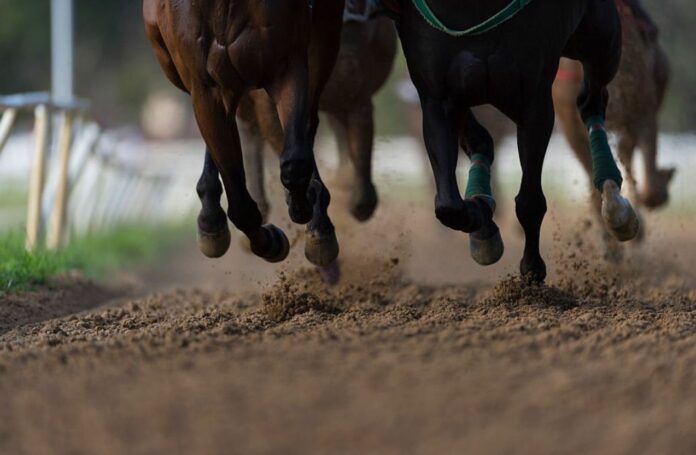An international group of researchers has found a key set of genes “will be useful to identify the most suitable individuals within a breed for racing or for breeding.”
Scientists from Asia, Europe, North America, and the Irish equine science company Plusvital compared the genomes of Thoroughbred, Arabian, and Mongolian racehorses to horses bred for other sports and leisure, and identified a set of genes involved in muscle, metabolism, and neurobiology.
Compared to animals of non-racing breeds, these genes were discovered to be strikingly different in racing horses.
Professor Emmeline Hill of University College Dublin, the project’s main scientist and Chief Science Officer of Plusvital, said, “Since the discovery of the ‘Speed Gene’ in 2009, we have generated genetic data for thousands of Thoroughbreds and horses from other breeds.
“This is the first time this set of genes has been linked to the success of racing breeds. Two of the genes were previously identified for performance in Thoroughbreds and Arabians, but the approach we took was to ask what genes were common to all racing breeds and different from non-racing breeds.
“The very large number of horse breeds developed over the last hundreds of years all over the world have been carefully shaped by selective breeding for different traits desired by breeders. This has led to tall horses, small horses, powerful draft horses, useful riding horses, and fast racing horses.
“We have discovered a set of genes common to racing horses, but not all horses within a racing breed have the advantageous gene version, so these findings will be useful to identify the most suitable individuals within a breed for racing or for breeding.”
Although racing is a complex characteristic, with management and training having a significant impact on a racehorse’s performance, this research offers strong evidence for major-effect genes moulding the racing trait in horse populations, as highlighted by co-author and UCD professor David MacHugh.
The study, which was published in Communications Biology, an open-access journal from Nature, included the collection of hair samples from 100 horses belonging to the champion Ajnai Sharga Horse Racing Team at their breeding facility in the region of Khentii, Mongolia, the birthplace of Chinggis Khan.
Seven important genes for racing were found using the DNA from these Mongolian racing horses, along with Thoroughbred and racing Arabian horses, and 21 other non-racing breeds, including Clydesdale, Connemara pony, Hanoverian, Morgan, Norwegian Fjord, Paint, Shetland, and Shire.
NTM, which plays a role in brain development and affects learning and memory, was one of the top genes. This gene was chosen during domestication, and it determines whether or not a Thoroughbred racehorse ever competes.
This research indicates “that equine neurological systems perturbed by natural and artificial selection associated with domestication may overlap with adaptive traits that are required for racing,” added Professor MacHugh.
“Testing these variants in new sets of hundreds of horses from racing and non-racing breeds identified seven essential genes for racing. These genes have roles in muscle, metabolism, and neurobiological functions, and are central to racing ability among horse breeds,” said lead author Dr. Haige Han.
Using gene expression data from the skeletal muscle of Thoroughbred horses, the researchers investigated whether the discovered genes were involved in the muscle’s reaction to exercise and training.
“By integrating these two different data sets we fine-tuned the list of racing genes to those that were most biologically relevant to racing. One of these genes was MYLK2 which is required for muscle contraction. In humans, MYLK2 is associated with exercise-induced muscle damage,” added Professor Hill.
Source: 10.1038/s42003-022-04206-x
Image Credit: Getty
